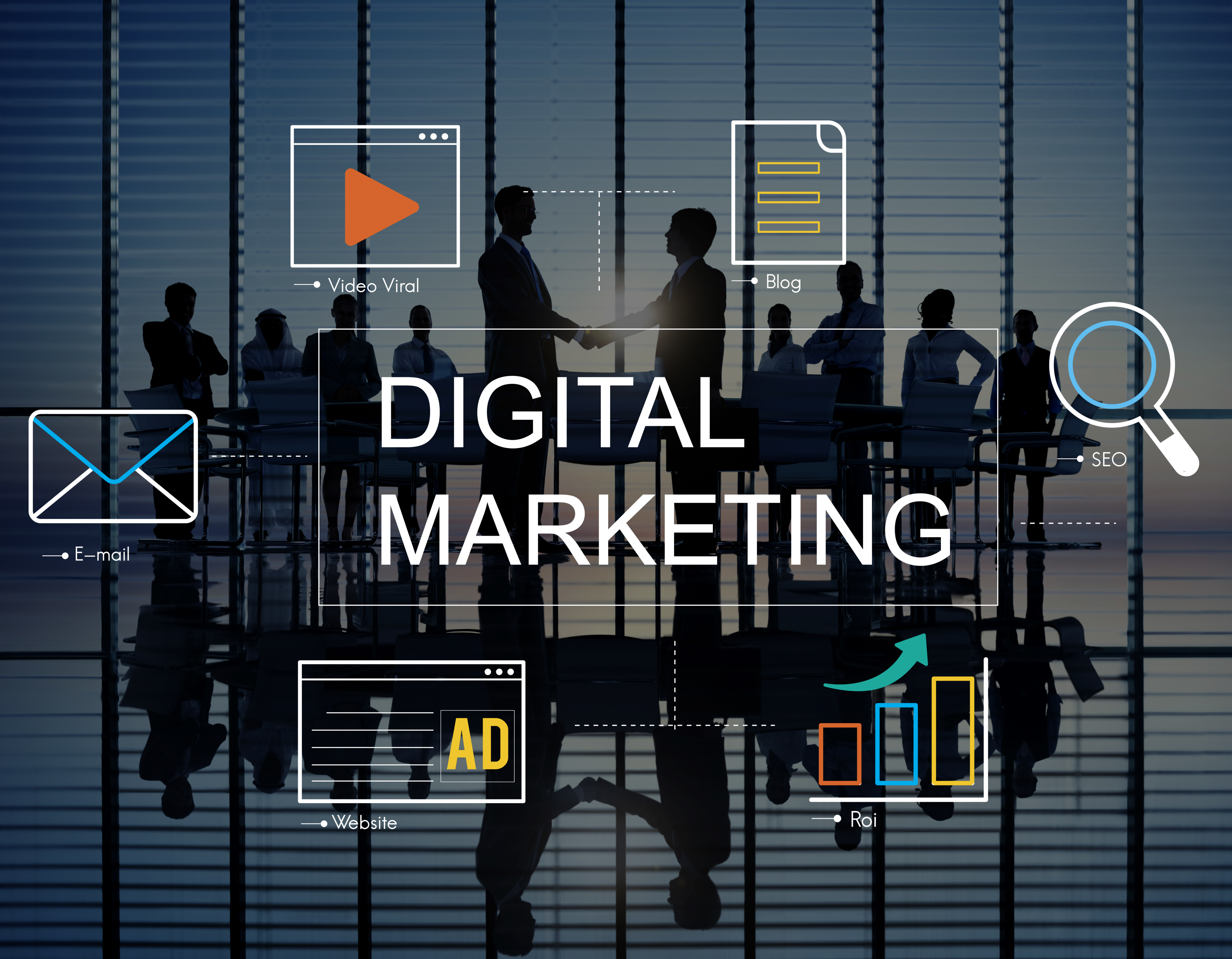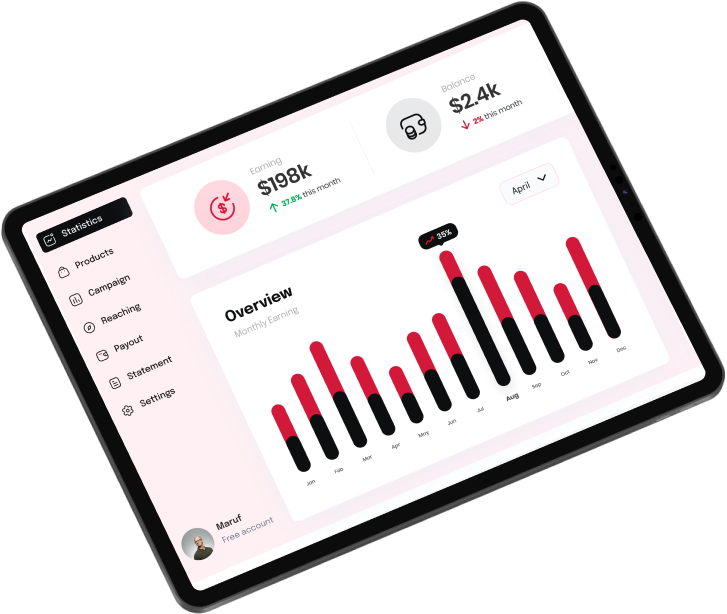"Mastering Email Marketing: Best Practices for Driving Sales and Building Relationships"
Pay-per-click (PPC) marketing is a powerful tool for businesses to reach their target audience and drive conversions. With PPC, businesses can display ads on search engines and social media platforms and only pay when someone clicks on their ad. This means that businesses can get their message in front of potential customers without spending a lot of money on advertising.
In this blog post, we’ll explore some best practices for PPC marketing and how businesses can use it to increase their online presence.
Know your target audience
The first step in creating an effective PPC campaign is knowing your target audience. Understanding who you are trying to reach will help you create ads that resonate with them and ultimately lead to more clicks and conversions. Start by identifying your ideal customer, including their age, gender, interests, and online behavior.
Set clear goals
Before launching a PPC campaign, it’s essential to set clear goals. Determine what action you want people to take after clicking on your ad, whether that’s making a purchase, filling out a form, or calling your business. Having a specific goal in mind will help you create ads that are tailored to your desired outcome.
Choose the right keywords
Keywords are the backbone of any PPC campaign. They are the words or phrases that people use when searching for products or services online. Choose keywords that are relevant to your business and that your target audience is likely to use. Google’s Keyword Planner tool is an excellent resource for finding relevant keywords and estimating their search volume.
Create compelling ad copy
Once you have your keywords, it’s time to create ad copy that will entice people to click on your ad. Your ad copy should be concise, relevant, and include a clear call to action. Highlight the benefits of your product or service and make sure your ad stands out from the competition.
Optimize your landing pages
When someone clicks on your ad, they should be taken to a landing page that is relevant to the ad they clicked on. Your landing page should be optimized for conversions, with a clear call to action and a design that is easy to navigate. Make sure your landing page matches the messaging of your ad to create a seamless experience for the user.









